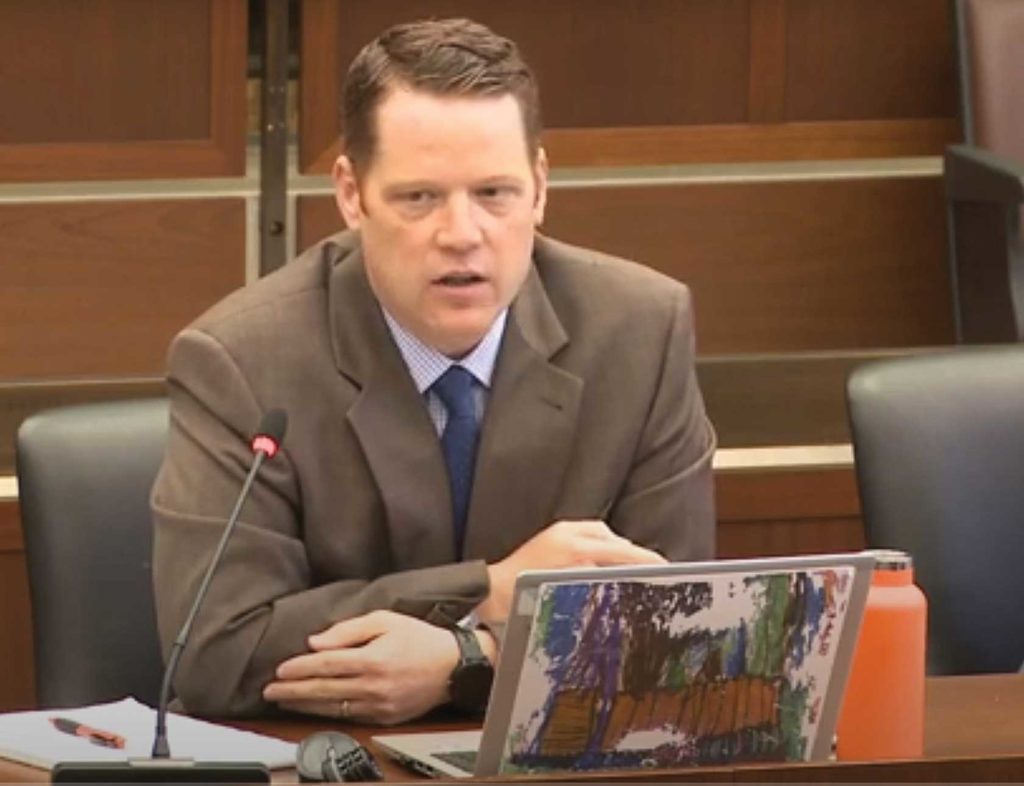BPS budget shows increased per-pupil funding
Councilors delve into school spending during budget hearing

Boston Public Schools officials had a challenging week, with the April 27 release of a report of widespread abuse of students and a culture of impunity at the Mission Hill School, leading to a recommendation from the superintendent to close the school.
The report comes as the district is under review from the state Department of Elementary and Secondary Education and is thought to be facing the possibility of receivership targeting schools state officials consider “underperforming.”
In the midst of those challenges, BPS officials presented their $1.3 billion budget to Boston City Councilors, who this year for the first time have the ability to change line items in the city budget.
The good news BPS officials gave councilors is that per-pupil spending is up 31%, from $2,1700 per student in the 2020 school year to $27,100 per student for the 2023 school year. That funding comes partially due to increased funding for what outgoing Superintendent Brenda Cassellius termed the quality guarantee — a requirement that all BPS schools have a baseline budget that includes nurses, social workers, librarians and other essential staff.
The increase in per-pupil funding also comes about as a result of the bad news: There are fewer families enrolling students in BPS schools. That drop in enrollment, which is showing up in kindergarten grades, comes not because families are enrolling their students in charter, parochial and private schools — their numbers are all down, too — but rather due to families leaving the city, where rents are among the highest in the nation.
Over the last five years, the district has seen a reduction of 7,100 students, with about 4,000 of that reduction occurring during the two years of the pandemic.
BPS Chief Financial Officer Nate Kuder told city councilors the district expects that trend to continue.
“We are anticipating multiple years of continued enrollment decline,” he said.
The funding increase comes as the district is beginning to reconfigure its student-weighted funding formula, which critics say tends to punish schools for enrollment declines that were often beyond their control.
Under the student-weighted model, schools lost or gained funding with each student who left or arrived at a school. When schools lost students and the funding that exited with them, however, they were unable to shut down entire classrooms or eliminate teaching positions, as there were students remaining in each classroom. Instead, schools eliminated positions they weren’t required to fill — such as librarians, art teachers, social workers and counselors. School quality declined as a result, causing fewer parents to select schools and initiating what some parents referred to as a death spiral.
Cassellius instituted the Foundation for Quality Positions in response to parent requests that schools be given baseline budgets to pay for nurses, librarians, family liaisons and the other positions commonly cut as revenue from per-pupil allocations declined.
The district also increased so-called “soft landing” funds — allocations meant to temporarily compensate for losses in funding that accompany enrollment declines during the pandemic.
Kuder said the district’s study of a new school funding model will look at ways to insulate schools against enrollment declines.
During last week’s hearing, District 6 Councilor Kendra Lara asked school department officials to address the perception that Boston spends more per-pupil than other well-resourced districts.
Drew Echelson, deputy superintendent of academics, said the raw dollar amounts compare favorably to wealthier districts in the state and across the nation.
“But when you break down the analysis based on student need, obviously it’s a little trickier,” he said. “We serve a disproportionate share of the commonwealth’s high-needs students with disabilities and a higher percentage of the commonwealth’s English learners. These students deserve more funding, and so our higher dollar-per-pupil funding should be something we’re seeing.”
“Do you think we’re spending enough?” Lara asked.
“I can always think of something more to spend it on,” Echelson said.







